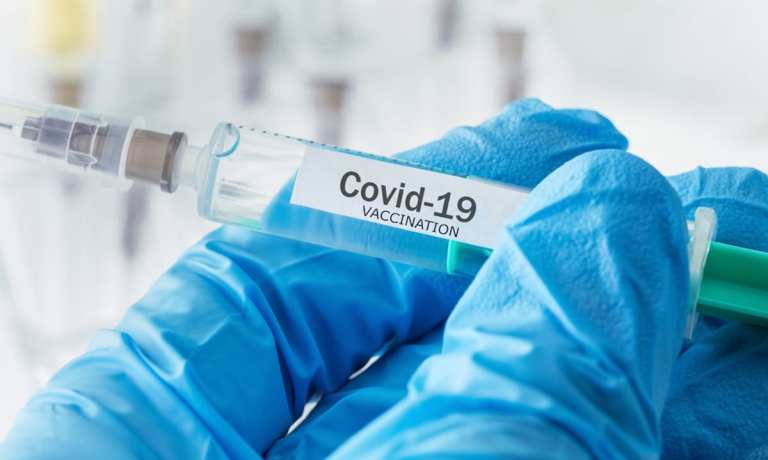
The COVID-19 vaccine is being distributed, but logistical hiccups, differing local priorities and the simple scale of trying to vaccinate hundreds of millions of people in a tiered and orderly fashion has led to a rocky start.
As of Monday (Jan. 11) at 9 a.m., more than 25.4 million doses had been distributed across the U.S., but less than half (8.9 million shots) had been administered, according to data compiled by the Centers for Disease Control and Prevention. Those figures fall far below the federal government’s goal of inoculating 20 million Americans by the end of 2020 and 20 million by the end of January 2021.
According to CNBC reports, the situation could begin to show signs of turning around on Tuesday (Jan. 12), as President Trump is gearing up to release a new set of guidelines aimed at expanding vaccine distribution and adding some order to the process. The new guidelines, according to a Trump administration official speaking anonymously, will aim to break the distribution bottleneck reportedly created by limiting early rounds of vaccine to healthcare workers and nursing home residents.
“The states are being told immediately they need to expand to 65-plus as well as those under 65 with comorbid conditions,” the official noted.
The new guidelines will come along with a decision by that administration to stop holding back millions of doses for the second round of Pfizer‘s and Moderna’s two-dose vaccines.
Local officials, and their counterparts at the state level, have complained of limited cash reserves for vaccine rollout, as well as unclear communication from the federal government when it comes to clear instructions. Health and Human Services Secretary Alex Azar and Food and Drug Administration Commissioner Dr. Stephen Hahn have begun urging states to expand their vaccine pools beyond healthcare workers and nursing home residents.
Hahn told reporters that states should give shots to groups that “make sense,” such as the elderly, people with preexisting conditions, police, firefighters and other essential workers.
“We’ve heard in the press that some folks have said, ‘okay, I’m waiting to get all of my healthcare workers vaccinated. We have about 35 percent uptake of the vaccine.’ I think it reasonable to expand that” to other groups, Hahn said on Friday during an event hosted by the Alliance for Health Policy. “I would strongly encourage that we move forward with giving states the opportunity to be more expansive in who they can give the vaccine to.”
Will it work? That remains a big unknown: It is unclear whether expanding the pool will actually pick up the pace of vaccination, as states like Florida and Texas have already tried it with mixed results. The more interesting question, perhaps: What will it actually change? Will people getting vaccinated precipitate the long-awaited “return to normal?”
According to new PYMNTS data from Mapping Consumers’ Return to the Physical World: Why Digital-First Behaviors Are Here to Stay, the changes may not be as big as one might have expected 10 months ago in the early days of COVID-19. Among those PYMNTS surveyed, 41 percent of consumers say they are shopping more via mobile now than they did prior to March 2020, for example. Additionally, 39 percent say they are using mobile order-ahead options to order food more, and 29 percent are ordering via aggregator more than before the pandemic began.
Moreover, the research shows that 54 percent of consumers who have moved at least one of their routine activities online since the pandemic began are very or extremely interested in getting vaccinated, but also that roughly three-quarters of them still do not plan to go back to shopping in stores the way they did before. Instead, they plan to continue shopping, ordering and paying for food online.
The vaccine needs to get out, and faster than its current pace. But it seems that the post-pandemic world has changed in such a way that a simple shot probably won’t bring consumers back en masse.